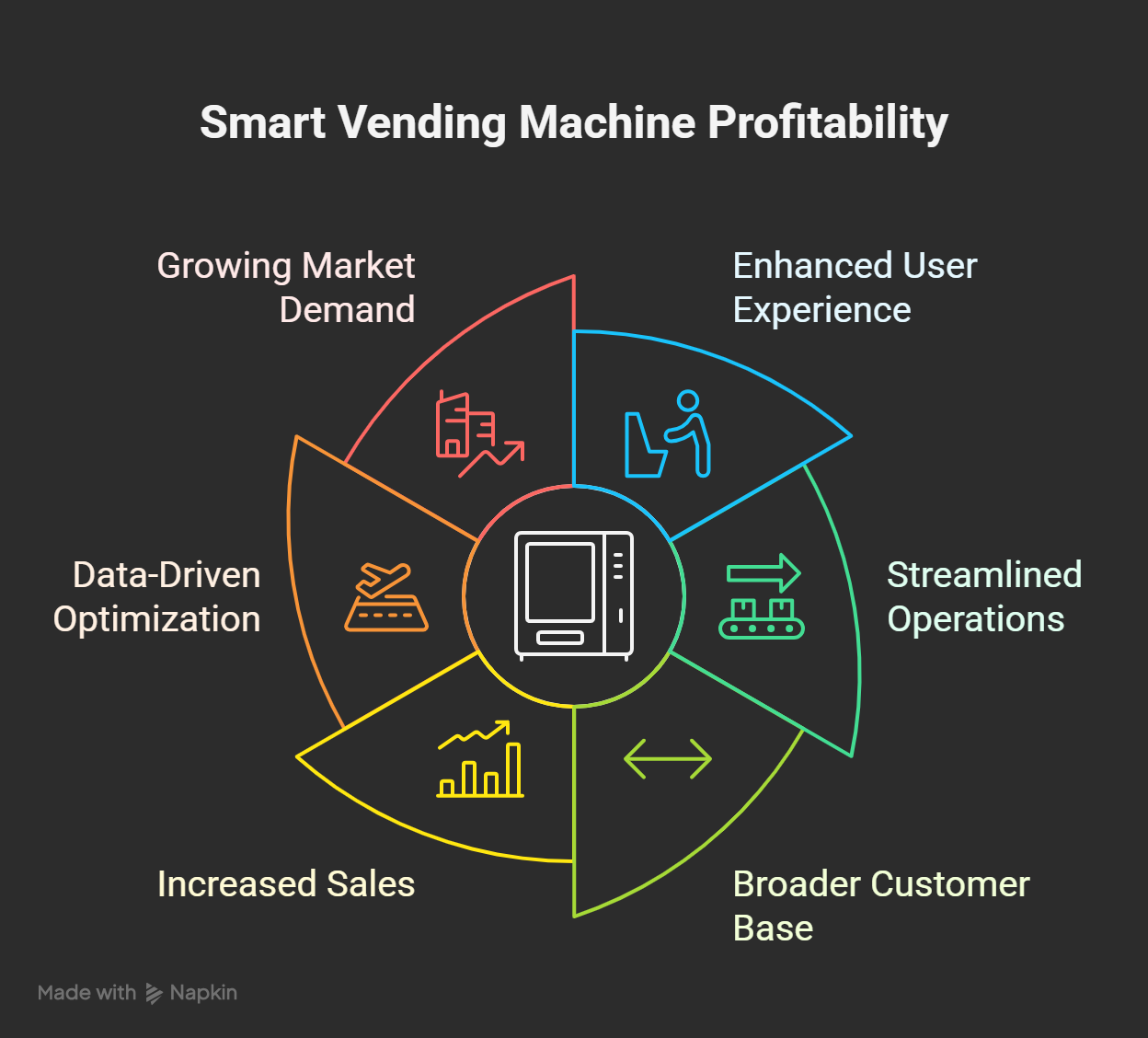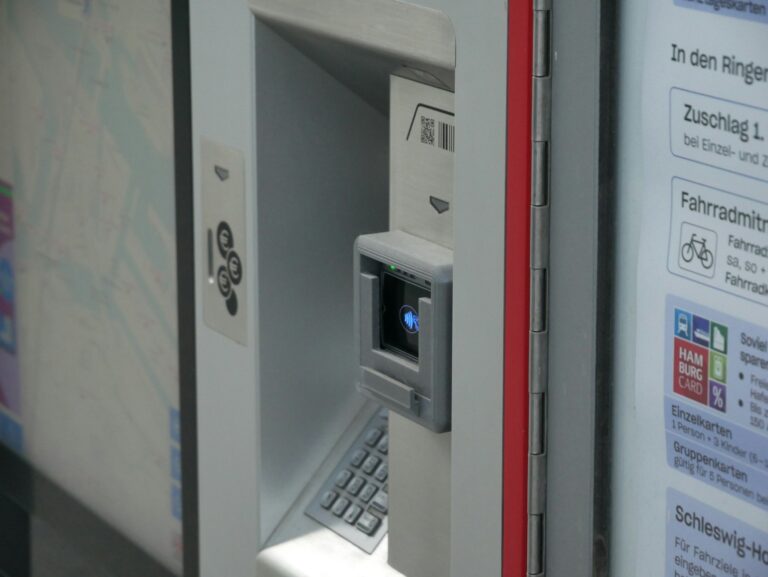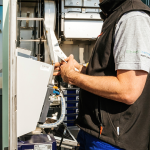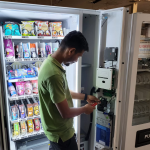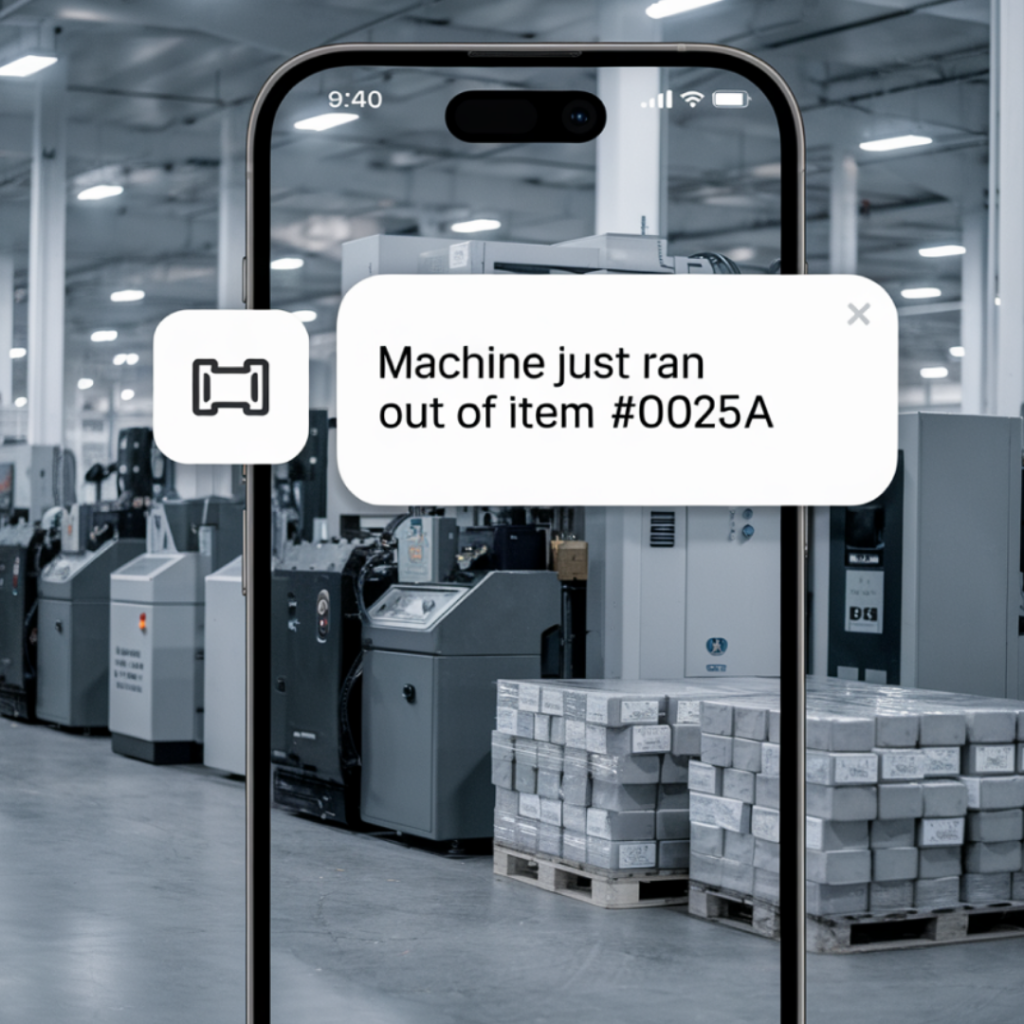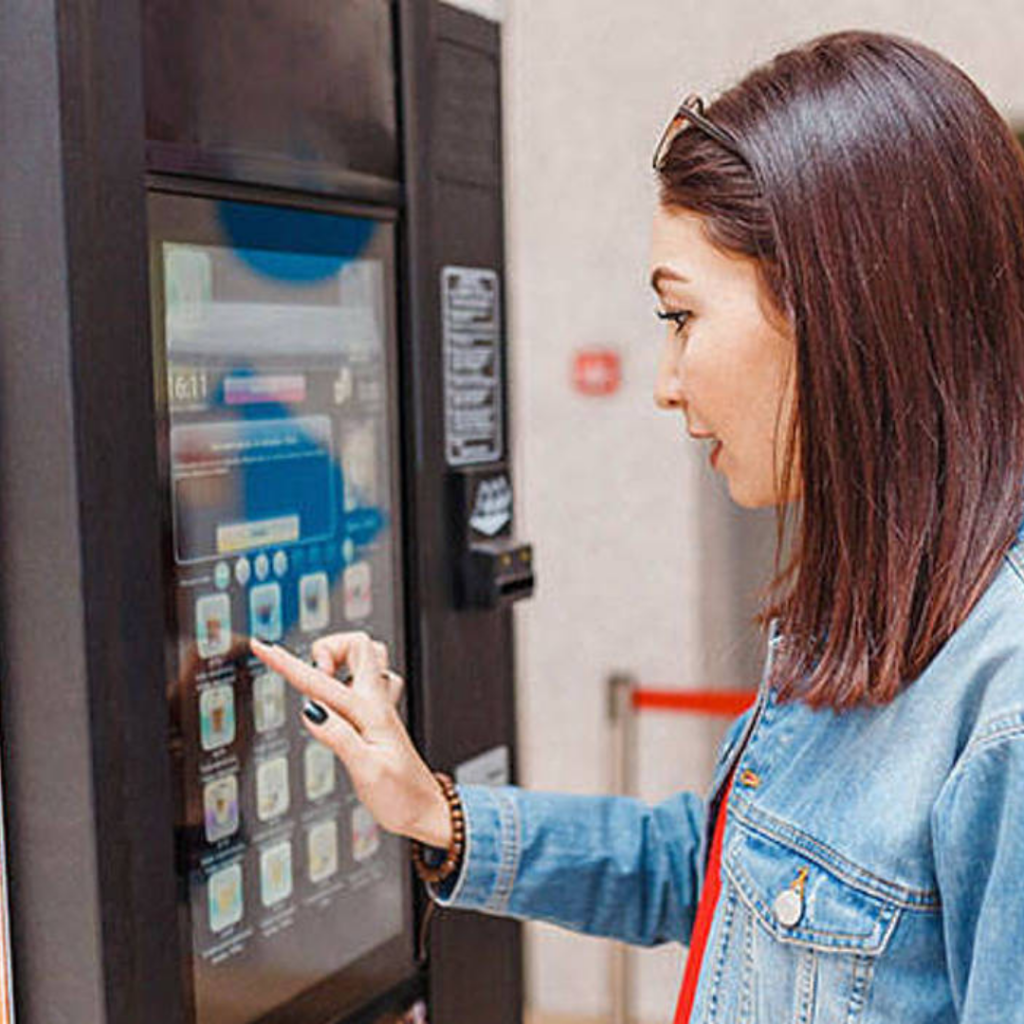Export ready American built machines in stock, shipping from Miami
Are Smart Vending Machines Profitable?
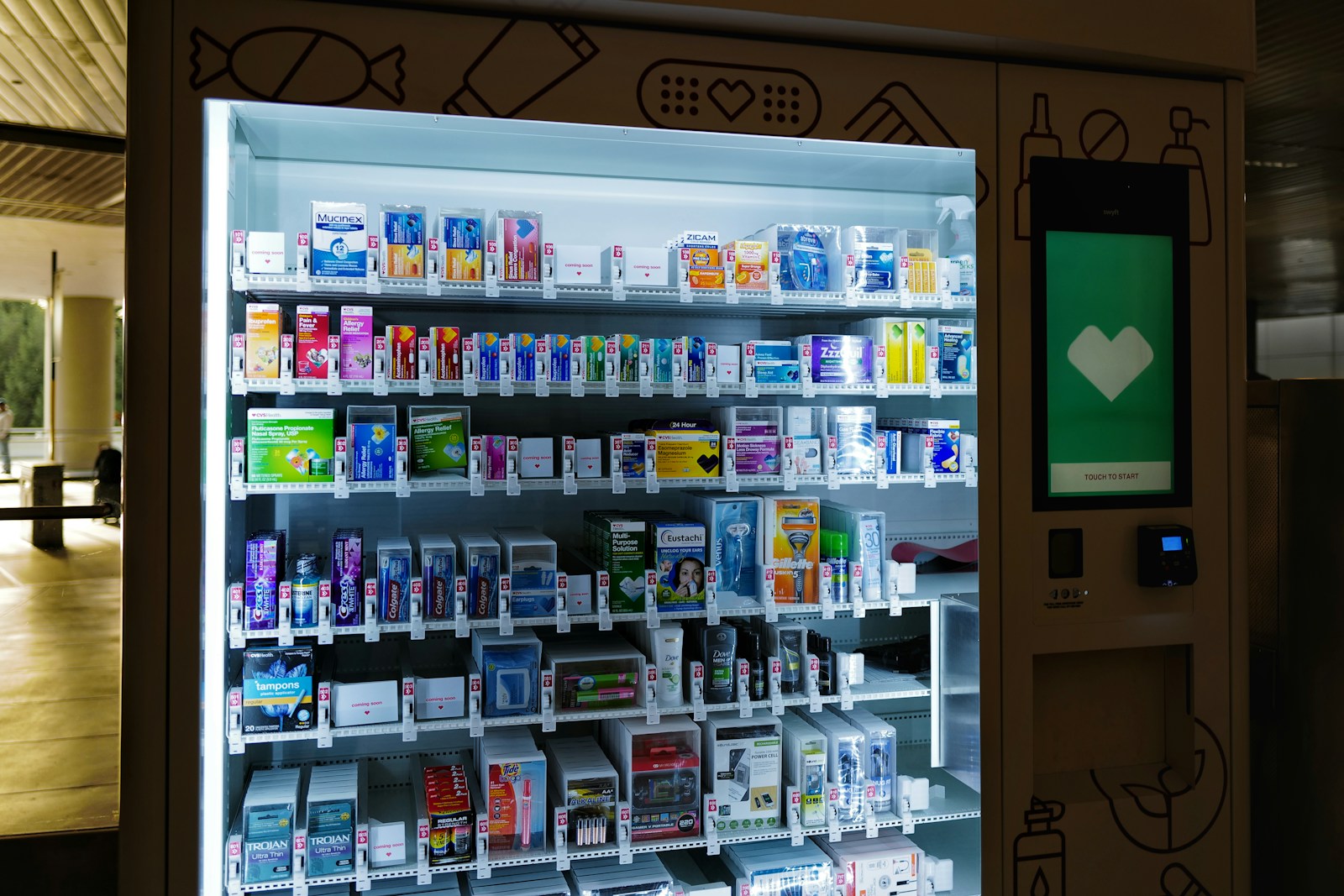
The vending machine industry in the United States has entered a new era of automation and intelligent retail. What was once a simple snack dispenser has evolved into a connected business model that blends technology, convenience, and data-driven profit. The main question for most new operators and investors remains simple: are smart vending machines profitable?
This guide explains the profitability of smart vending machines in the U.S. It covers what drives income, how to achieve consistent profit, and how modern systems like digital vending machines and AI vending machines compare. The goal is to help you understand the three pillars that determine success: location, product mix, and machine choice.
The Profit Potential of Smart Vending Machines
Market Snapshot and Growth Trends
The vending machine market in the United States continues to grow, driven by the adoption of smart, digital, and AI-enabled models. These machines offer real-time tracking, cashless payments, and automation that traditional models cannot match. Industry research shows that the U.S. retail vending market is valued in the billions and expected to continue steady growth over the next decade. The demand for connected systems that allow remote management and payment flexibility is at the center of this expansion.
Profit Margins and ROI Benchmarks
Profit in vending depends on traffic, product pricing, and machine type. According to data from industry sources such as SmallBizGenius, an average vending machine in a good U.S. location can generate around 300 dollars or more per month in revenue. In stronger placements with steady foot traffic, earnings often range between 300 and 1,500 dollars per month per machine.
Typical profit margins for standard machines fall between 15 and 30 percent of sales. When machines are placed in high-traffic areas or upgraded to smart or digital systems, margins can increase to around 30 to 45 percent.
In practical terms, a well-managed smart vending machine placed in a strong location can recover its investment in roughly 12 to 18 months. Smart and digital features improve cashless payment rates, reduce downtime, and limit waste, which helps operators move from thin margins to consistent profitability.
Understanding Smart, Digital, and AI Vending Machines
What Makes a Machine Smart
A smart vending machine is equipped with connectivity, telemetry, and cashless payment systems. It tracks stock levels, provides remote error alerts, and lets operators adjust pricing or monitor revenue in real time. These machines cut operational costs by allowing better restocking and reducing lost sales from downtime.
Smart vending machines are ideal for snack and beverage operations, offering balanced entry-level costs and the ability to scale. For small businesses and new investors, they provide a manageable entry point with measurable ROI potential.
Digital Vending Machines and Customer Engagement
Digital vending machines add a stronger focus on interactivity and customer experience. They use large touchscreens, dynamic menus, and digital ads to promote products. This approach not only increases sales but also creates opportunities for advertising income. These machines are most profitable in high-traffic areas such as airports, universities, and retail malls, where visibility drives impulse purchases.
AI Vending Machines: The Next Tier
AI vending machines use advanced technology such as machine learning, item recognition, and predictive analytics. They can identify what a customer selects, calculate purchase behavior, and even restock automatically based on sales data. These are often placed in premium locations like hospitals, transportation hubs, and campuses where speed and convenience are crucial. AI systems cost more but can yield higher returns when used in the right environment.
The Three Profitability Pillars
Every successful vending operation relies on three interconnected factors: location, product mix, and machine choice. These pillars determine how well your machine performs, how quickly you achieve ROI, and how sustainable your profits remain.
Pillar One: Location and Foot Traffic
Location is the foundation of vending profitability. The right placement determines how many transactions occur daily and whether your machine reaches consistent sales volume. Even the most advanced smart vending machines will struggle in poor locations with low visibility or limited access.
Ideal U.S. placements include airports, transit stations, hospitals, universities, gyms, and office buildings. In such settings, convenience is a key motivator for customers. Research from operator data suggests that machines in high-traffic sites can make several thousand dollars monthly, while low-traffic sites may struggle to reach a few hundred.
When using smart vending technology, operators gain the ability to track performance data remotely. Sales analytics can help identify weak locations, allowing you to relocate machines quickly and protect margins. This agility is one of the greatest advantages of connected vending systems.
- High foot traffic equals predictable revenue
- Visibility drives impulse purchases
- 24-hour access improves total sales volume
- Commission models should be negotiated carefully with site owners
Pillar Two: Right Product Mix
The right products can turn a machine from average to highly profitable. Product strategy should match both customer demographics and location type. A mix of fast-moving essentials and higher-margin specialty items often works best.
- Healthy snacks and protein bars perform well in offices and gyms
- Beverages like energy drinks and flavored water sell consistently in transit areas
- Premium coffee and refrigerated meals succeed in corporate and healthcare settings
- Tech accessories such as chargers or earbuds add high-margin opportunities in airports and hotels
Industry analysis shows that replacing just one-third of low-margin items with premium or healthy products can boost total sales by up to 40 percent. Smart vending machines simplify this process with live inventory data, allowing operators to track performance and adjust stock quickly. Digital machines can use their screens to feature bestsellers and increase impulse buys.
| Factor | Impact on Profit | Best Practice |
|---|---|---|
| Turnover Rate | High turnover improves cash flow and reduces waste | Use live data to restock top sellers frequently |
| Margin Mix | Combining low-cost and high-margin items raises profit per sale | Offer regular snacks plus premium or healthy alternatives |
| Display and Engagement | Clear digital displays increase impulse purchases | Use bright visuals and real-time promotions |
Pillar Three: Right Machine and Technology
The final pillar is machine selection. The type of vending machine you choose affects cost, maintenance, and potential revenue. Smart vending machines offer reliable connectivity and lower downtime, while digital vending machines enhance the customer experience with interactive screens. AI vending machines deliver full automation and predictive insights but require higher investment and optimal locations.
| Machine Type | Average Cost (USD) | Core Advantage |
|---|---|---|
| Smart Vending Machine | 4,000 – 6,500 | Cloud connectivity, remote alerts, cashless systems |
| Digital Vending Machine | 6,000 – 9,000 | Touchscreen, advertising space, better user experience |
| AI Vending Machine | 10,000 – 15,000+ | Recognition, predictive restocking, automation |
Operators who match the right machine with the right site and product mix often achieve payback within 12 to 18 months. Investing in new vending machines instead of used models is generally recommended, as they offer updated payment systems, reliable parts, and fewer repairs over time.
Calculating Profit and Managing Costs
Profitability is not just about sales; it is also about managing expenses. Each vending setup has a mix of fixed and variable costs that must be considered before calculating ROI.
Common Cost Components
- Machine purchase or lease payments
- Product inventory and restocking labor
- Payment processing or software fees
- Commission or rent paid to property owners
- Maintenance, repairs, and insurance
- Electricity and connectivity costs for smart systems
Profit Example
| Metric | Smart Vending Machine | AI Vending Machine |
|---|---|---|
| Initial Investment | 5,000 | 12,000 |
| Average Monthly Revenue | 3,000 | 5,500 |
| Operating Cost | 2,000 | 3,800 |
| Net Monthly Profit | 1,000 | 1,700 |
| Estimated Payback Period | 12 – 15 months | 8 – 12 months |
Smart vending machines typically balance cost and performance, making them a popular choice for first-time operators. AI vending machines have higher earning potential in prime locations but require stronger capital and advanced maintenance management.
How to Optimize Profit
- Monitor sales data regularly and restock based on actual demand
- Replace underperforming items quickly to avoid waste
- Negotiate fair revenue share terms with property owners
- Use digital ads to generate supplemental income
- Group machines in local clusters to reduce travel and maintenance costs
Risks and Challenges
Even with strong demand, the vending industry comes with operational risks. Understanding and preparing for them helps protect profits.
- Machine downtime due to maintenance or connection issues
- Stock spoilage from poor product rotation
- Theft or vandalism in open public locations
- High competition in oversaturated sites
- Technology fees and software updates increasing operational costs
- Contract issues with property owners affecting margins
Smart vending machines help manage many of these risks through real-time tracking and maintenance alerts. Operators who review their performance data weekly tend to identify and resolve issues faster, keeping revenue stable.
Case Study Snapshot
Consider a real-world example of how the three pillars work together:
- Location: A corporate campus with 1,500 employees and heavy daily traffic
- Machine: Smart vending machine with touchless payment and remote monitoring
- Product Mix: Healthy snacks, cold beverages, and grab-and-go meals
Results after six months: average gross sales of 5,000 dollars per month and net profit of around 1,200 dollars monthly. With a total machine cost of 4,500 dollars, the operator reached payback within 16 months. This case illustrates how alignment between location, product, and machine choice leads to stable profitability.
Future of Smart and AI Vending Machines
The future of vending lies in automation, personalization, and data integration. Smart systems are becoming the standard, while AI vending machines represent the next leap forward. As consumer habits continue shifting toward contactless convenience, these technologies will only grow more valuable.
- Cashless and mobile payments are now essential rather than optional
- Smart vending dashboards allow remote multi-machine management
- AI vending machines expand into retail categories like cosmetics, electronics, and healthcare
- Energy-efficient models lower long-term operating costs
- Sustainability and recyclable packaging are becoming selling points for location partners
Final Analysis: Are Smart Vending Machines Worth It?
Yes, smart vending machines are profitable when operated with the right strategy. Profitability depends on consistent traffic, efficient product selection, and proper machine management. When all three pillars align, ROI can often be achieved in as little as one year.
- Location determines exposure and daily sales potential
- Product mix influences turnover and margin strength
- Machine type affects uptime, cost, and customer experience
For most operators, starting with smart or digital vending machines offers the best balance between affordability and automation. Once experience grows and multiple placements are secured, investing in AI vending machines can increase efficiency and profit per unit. New vending machines with the latest payment technology and remote management features provide the most reliable foundation for long-term success.
FAQ
Smart vending machines can achieve 20 to 40 percent profit margins and generate over 1,000 dollars in monthly net profit in good locations.
Smart vending machines typically cost between 4,000 and 6,500 dollars, digital models 6,000 to 9,000 dollars, and AI machines over 10,000 dollars.
Healthy snacks, energy drinks, and quick meals perform best in offices, hospitals, and campuses. Product selection should match customer demographics.
Most operators recover their investment within 12 to 18 months if they manage all three pillars effectively.
Yes. New vending machines have updated systems, better reliability, and higher uptime, which lead to faster and more stable profit growth.

